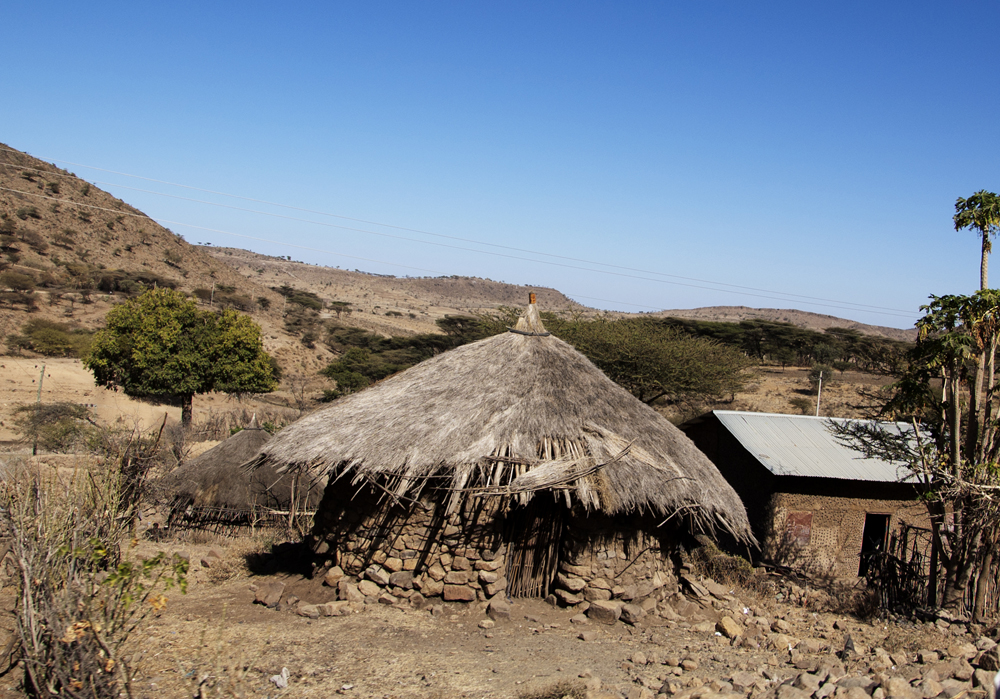| << Chapter < Page | Chapter >> Page > |


Global stratification compares the wealth, economic stability, status, and power of countries across the world. Global stratification highlights worldwide patterns of social inequality.
In the early years of civilization, hunter-gatherer and agrarian societies lived off the earth and rarely interacted with other societies. When explorers began traveling, societies began trading goods, as well as ideas and customs.
In the nineteenth century, the Industrial Revolution created unprecedented wealth in Western Europe and North America. Due to mechanical inventions and new means of production, people began working in factories—not only men, but women and children as well. By the late nineteenth and early twentieth centuries, industrial technology had gradually raised the standard of living for many people in the United States and Europe.
The Industrial Revolution also saw the rise of vast inequalities between countries that were industrialized and those that were not. As some nations embraced technology and saw increased wealth and goods, others maintained their ways; as the gap widened, the nonindustrialized nations fell further behind. Some social researchers, such as Walt Rostow, suggest that the disparity also resulted from power differences. Applying a conflict theory perspective, he asserts that industrializing nations took advantage of the resources of traditional nations. As industrialized nations became rich, other nations became poor (Rostow 1960).
Sociologists studying global stratification analyze economic comparisons between nations. Income, purchasing power, and wealth are used to calculate global stratification. Global stratification also compares the quality of life that a country’s population can have.
Poverty levels have been shown to vary greatly. The poor in wealthy countries like the United States or Europe are much better off than the poor in less-industrialized countries such as Mali or India. In 2002, the UN implemented the Millennium Project, an attempt to cut poverty worldwide by the year 2015. To reach the project’s goal, planners in 2006 estimated that industrialized nations must set aside 0.7 percent of their gross national income—the total value of the nation’s good and service, plus or minus income received from and sent to other nations—to aid in developing countries (Landler and Sanger, 2009; Millennium Project 2006).


Notification Switch
Would you like to follow the 'Introduction to sociology 2e' conversation and receive update notifications?